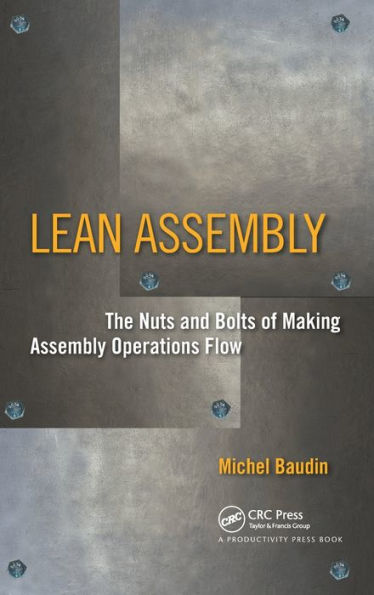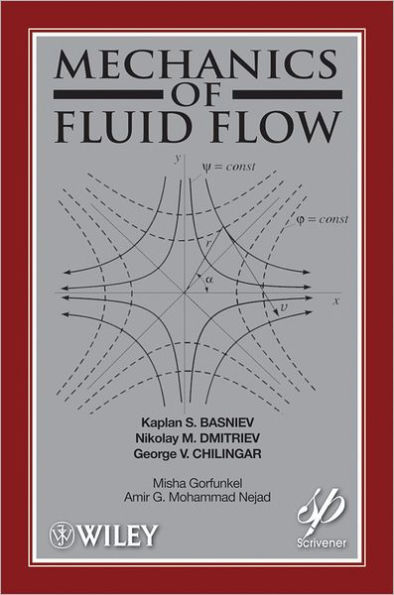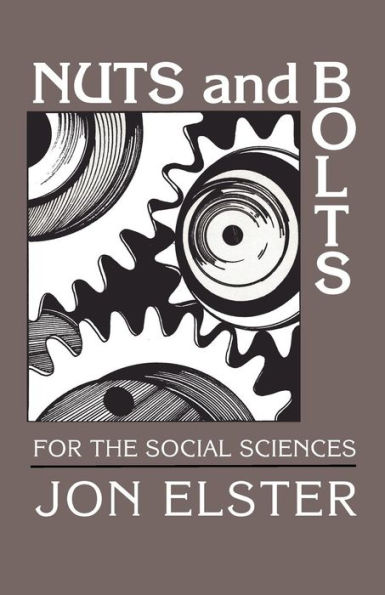Home
Lean Assembly: The Nuts and Bolts of Making Assembly Operations Flow / Edition 1
Loading Inventory...
Barnes and Noble
Lean Assembly: The Nuts and Bolts of Making Assembly Operations Flow / Edition 1
Current price: $82.99


Barnes and Noble
Lean Assembly: The Nuts and Bolts of Making Assembly Operations Flow / Edition 1
Current price: $82.99
Loading Inventory...
Size: OS
*Product Information may vary - to confirm product availability, pricing, and additional information please contact Barnes and Noble
With examples drawn from aerospace, electronics, household appliance, personal products, and automotive industries,
Lean Assembly
covers the engineering of assembly operations through:
Characterizing the demand in terms of volume by product and product family, component consumption, seasonal variability and life cycle.
Matching the physical structure of the shop floor to the demand with the goal of approaching takt-driven production as closely as possible.
Working out the details of assembly tasks station by station, including station sizing, tooling, fixturing, operator instructions, part presentation, conveyance between stations, and the geometry of assembly lines as a whole.
Incorporating mistake-proofing, successive inspection, and test operations for quality assurance.
differs from most other books on lean manufacturing in that it focuses on technical content as a driver for implementation methods. The emphasis is on exactly
what
should be done. This book should be the "dog-eared" and "penciled-in" resource on every assembly engineer's desk.
Lean Assembly
covers the engineering of assembly operations through:
Characterizing the demand in terms of volume by product and product family, component consumption, seasonal variability and life cycle.
Matching the physical structure of the shop floor to the demand with the goal of approaching takt-driven production as closely as possible.
Working out the details of assembly tasks station by station, including station sizing, tooling, fixturing, operator instructions, part presentation, conveyance between stations, and the geometry of assembly lines as a whole.
Incorporating mistake-proofing, successive inspection, and test operations for quality assurance.
differs from most other books on lean manufacturing in that it focuses on technical content as a driver for implementation methods. The emphasis is on exactly
what
should be done. This book should be the "dog-eared" and "penciled-in" resource on every assembly engineer's desk.

















